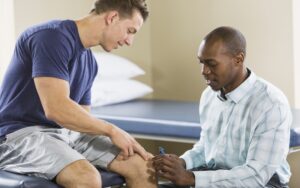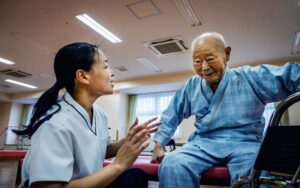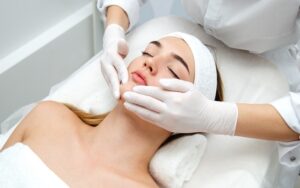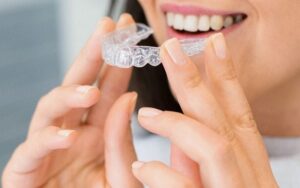What You Need to Know Before Booking a Postnatal Massage

So, what is a postnatal massage?
A postnatal massage is essentially a full-body massage performed after childbirth. Normally, a conventional or professionally trained masseuse massages the entire body, beginning with the feet and concluding with the head. Even traditional ayurveda advises a 40-day confinement time for the woman following childbirth, during which the mother and infant get healthy care. Essential components of this programme include traditional baths with indigenous herbs and natural treatments preceded by lengthy massages.
Massages are believed to enhance blood circulation and promote the production of endorphins, which generate a state of calm. Even more specifically, postpartum massages target the precise body muscles that are affected after childbirth.
When Can Massages Begin?
Ladies who have had a normal birth can begin postnatal massage as soon as they get home. This often occurs within the first five days following delivery. Nevertheless, postpartum massage following a caesarean section cannot be administered until the incision has adequately healed. Typically, this occurs within one to two weeks. In this situation, it is best to obtain the doctor’s approval before commencing the massage. In addition, the massage should preferably be performed daily for forty days in a row to achieve optimal results. Yet, many women, mainly working mothers, frequently cut it short because of time concerns.
What Precautions Should Be Followed After a Caesarean Section?
While receiving a postpartum massage after a caesarean section, it is best to wait one to two weeks and obtain the doctor’s consent. This is because your scar must heal before you can begin to risk tugging the skin surrounding it. Even after starting the massage, request that the practitioner avoid that region and rub just the remaining areas.
What Should You Avoid When Getting a Postnatal Massage?
As with any massage, you should take the following precautions before receiving a massage:
Ensure you do not have a history of eczema or rashes that the massage might worsen. Identify any sensitivities and inform the therapist doing the massage.
The same holds true for any oils or drugs that may be administered to your body during the massage. Additionally, avoid putting the goods to the region around your nipple so there is no chance of the baby eating them.
Avoid using paraben-containing products. Parabens are connected to breast and other cancers and impair hormone function.
Women with high blood pressure or diseases such as hernia must also tell the appropriate parties and ensure that pressure points are not accidentally activated.
Ladies who have experienced regular Braxton-Hicks contractions must likewise exercise caution.
Before receiving a massage, women with diseases such as pregnancy-induced hypertension (PIH) or previous or current high-risk pregnancies should seek the counsel of a physician.
Additional consequences, such as extreme edema or sudden, severe headaches, are also medical emergencies.
It is essential to adequately support any muscles that may have been severely stressed during the massage. For example, the linea alba, which divides the rectal muscles, may be overstretched due to the additional weight and stresses of delivery. During massages, these regions should be kept close together to train them to remain aligned throughout strengthening.
Which positions of the body are safe?
The side-lying posture is optimal for a stomach massage after childbirth, just as it was throughout pregnancy. A pillow often provides back support. It is preferable to avoid specific tables that include depressions for the abdomen region, allowing it to dangle and resulting in misplaced pressure application.





